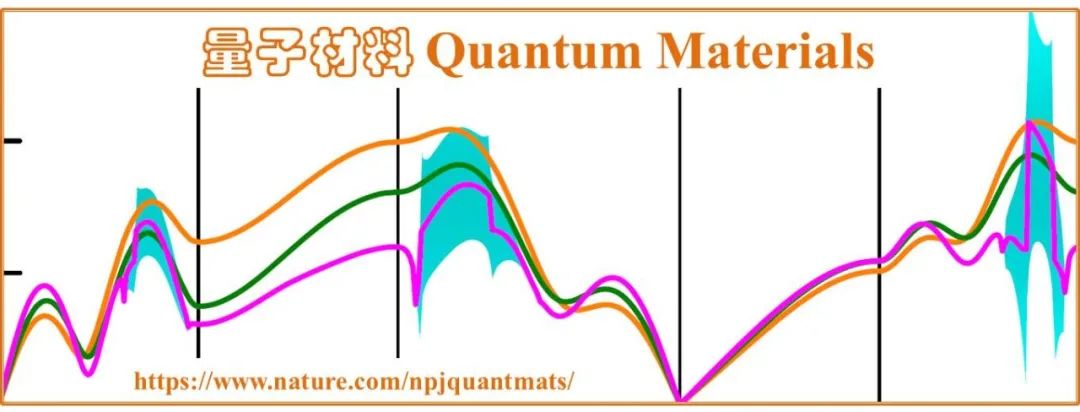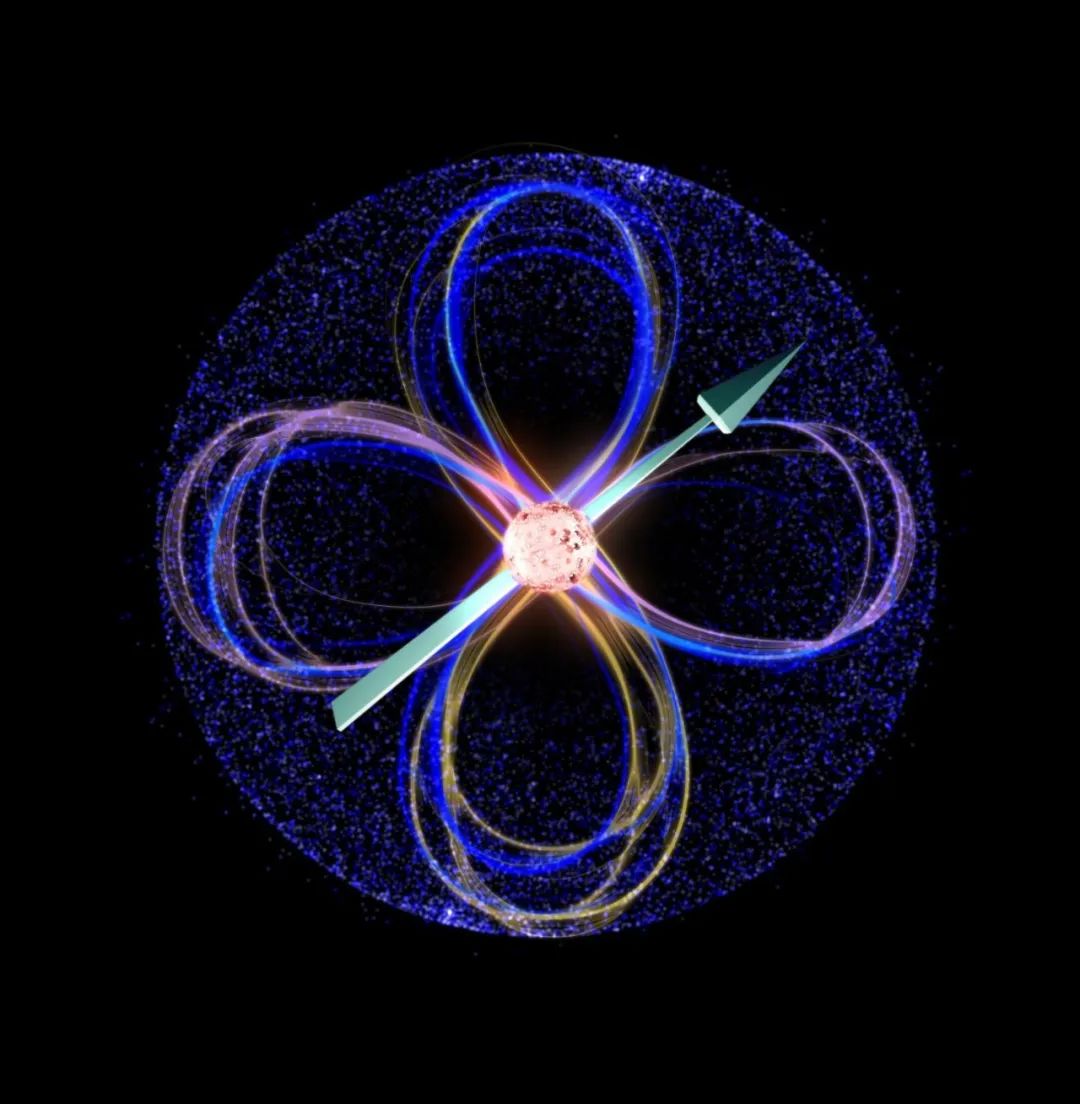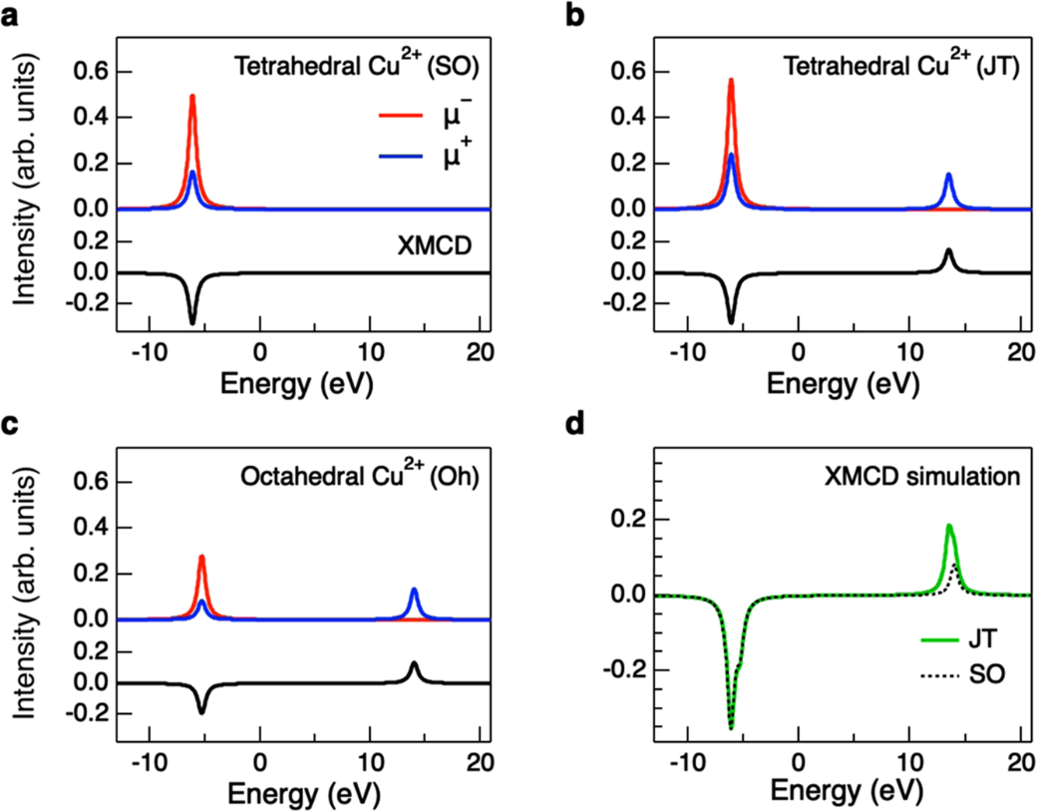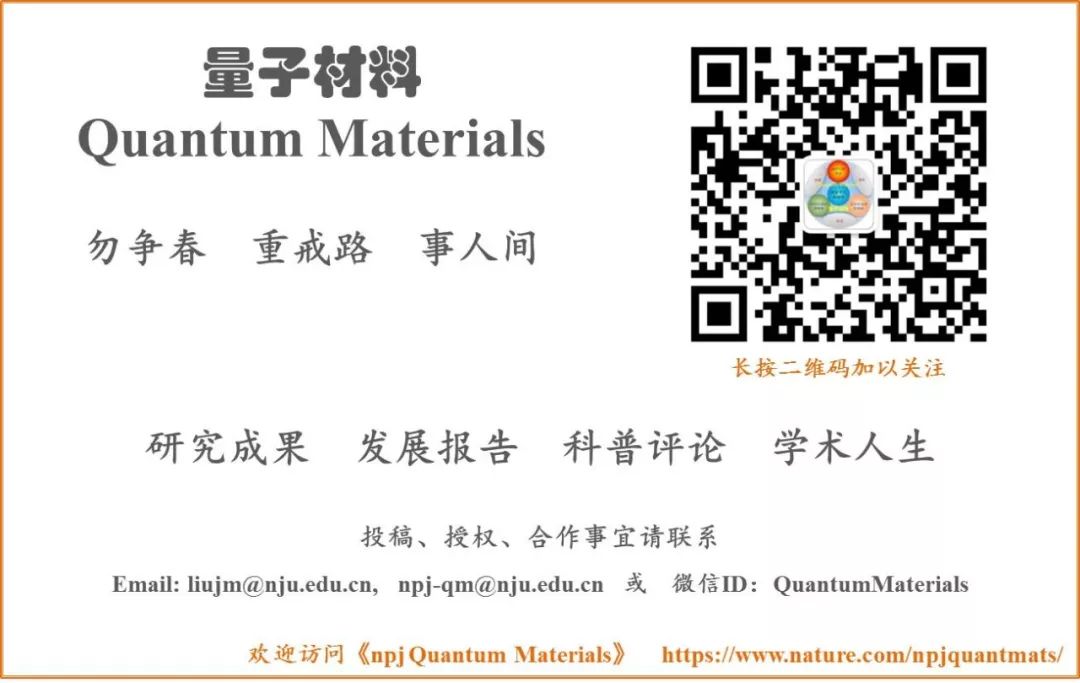
The core of solid-state physics is band theory, which categorizes the crystal world into two types: “insulators” and “conductors.” To fill the gap for semiconductor applications at room temperature, the concept of “semiconductors” was added. This knowledge is now taught in secondary schools, indicating that band theory has established its foundation.^_^.
Of course, band theory is magnificent, as it can incorporate many new physical concepts, from perturbation theory to magnetism, electron correlation, and spin-orbit coupling (SOC). This sequential layering has achieved great success. In this sense, solid-state or condensed matter physics has remained vibrant and widely applicable, with the concepts, images, and related physics of bands being exemplary in materials science.
Today, beyond correlated physics, band theory is approaching a point where SOC is essential, highlighting the increasing importance of SOC in condensed matter physics, especially in quantum materials. Specifically, there are some rough impressions that can be rendered:

Strong Spin-Orbit Coupling (SOC)
(1) Strength: SOC is related to atomic number; the heavier the ion, the stronger the SOC, which is common knowledge. Therefore, as research on transition metal compounds progresses from 3d to 4d and 5d, the most frequently observed new physics is the mixing of SOC, although orbital expansion is also significant. Because of this, the already complex correlated physics becomes even more intricate with the addition of SOC, particularly in the condensed matter of 4d/5d compounds. To this day, this field remains a challenging domain.
(2) Magnetism: Although it is known that the origin of magnetic anisotropy is SOC, a phenomenological understanding is more intuitive. Spin interactions transition from Heisenberg’s spin dot product to spin cross product, introducing pseudovectors in physics, leading to the emergence of new elements such as anisotropy, surface Rashba, DM interactions, and spin frustration. Here, SOC is essentially the physics of spin cross products. Because of the cross product, the entire Hamiltonian of magnetism becomes complex. For instance, the seemingly convoluted LLG equations, which involve multiple cross product energy terms, can be quite maddening. Thus, it is needless to say that without SOC, discussions on many years of multiferroic physics would be futile.
(3) As condensed matter transitions from symmetry breaking to topological quantum states, the core physics is also SOC. Ising whimsically suggests that the spin cross product is the “phenomenological” root of overlap and transformation in band space, thus equating SOC with topological nontriviality. Amen!
The above three points are all complex, each with numerous variations and nuances. Of course, each point is a simplification by Ising for easier understanding by outsiders. For now, let’s look at a simpler derivation. After consulting Professor Lu Chengliang from Huazhong University of Science and Technology, Ising initially understood that a well-known effect of SOC in band structure is the Jeff = 1/2 state, referred to as the effective spin 1/2 state. When examining the energy levels of transition metal insulators, the crystal field causes the t2g orbitals and eg orbitals to split. If SOC is added, it may induce a Jeff = 1/2 or Jeff = 3/2 state in the energy levels. Here, Jeff = 1/2 has special significance: (1) Magnetic physics becomes simpler, as those lower energy electron spins can be temporarily ignored, focusing only on the Jeff = 1/2 spin state closest to the Fermi level. (2) The 1/2 spin is closer to quantum mechanics, allowing quantum spin physics to vividly manifest in systems that should be treated as classical large spin systems. (3) Because SOC introduces cross products and due to the 1/2 spin, spin frustration effects also become significant. More examples could be listed, but they exceed Ising’s knowledge limits.
Well, this physical derivation essentially limits our perspective to 4d/5d systems. These atoms are heavy, SOC is strong, and their d orbitals are quite extended, leading to a relatively weaker correlation strength compared to 3d systems, thus constituting a three-dimensional space of “Heisenberg interaction J – correlation strength U – SOC strength.” Alas, let’s not dwell on this; the complexity and richness of 4d/5d systems can even leave strong figures like Professor Gang Cao from the University of Colorado “pining away for them,” hence his cool physique.

Schematic illustration on the t2 splitting of tetrahedral Cu2+ due to the Jahn-Teller effect (left) and spin-orbit coupling (right).
OK, are there any exceptions? Or more specifically, is it certain that strong SOC cannot be realized in 3d compounds? Some recent research seems to have revealed some hope, exciting us to ponder and gain new knowledge and achieve new utility.
The matter originated from some 3d Co2+ and Cu2+ oxides. These ions are located at octahedral or tetrahedral coordination centers, forming a layered honeycomb crystal structure, resembling the anisotropic and bond-dependent exchange coupling depicted in the Kitaev model, making them potential candidates for quantum spin liquids. As expected, analyzing the energy level structure of such systems seems to reveal characteristics of Jeff = 1/2, suggesting that strong SOC may also exist in 3d systems! Otherwise, how could this Jeff = 1/2 ground state form?
A specific material that leads to Jeff = 1/2 physics in 3d systems is CuAl2O4, where Cu2+ occupies the A site. Theoretical calculations predict that this system is a spin-orbital-entangled Jeff = 1/2 Mott insulator, although Ising believes that Cu2+ itself is an S = 1/2 ion. Perhaps due to only having computational results without empirical evidence, such a “counterintuitive” result was published in PRB rather than PRL. Subsequently, some structural analyses confirmed that the system does not exhibit significant structural distortion or lattice symmetry breaking.
Consequently, the physical origin of Jeff = 1/2 becomes unclear, even raising many questions: Is this Jeff = 1/2 truly a product of SOC?
How to answer this with a Yes or No? Professor Di-Jing Huang’s team from the Hsinchu Synchrotron Radiation Center, in collaboration with colleagues from Hsinchu’s Tsinghua University and National Yang Ming Chiao Tung University, as well as teams from Japan’s NIMS and Waseda University and Russia, used resonant inelastic X-ray scattering (RIXS) at their synchrotron center to address this issue. Among them, A. Fujimori, C. T. Chen, and S. V. Streltsov are all well-known scholars.
The synchrotron + RIXS, besides being able to extract crystal structure information, can also accurately measure and fit crystal field data and the strength of SOC, showing high sensitivity to anomalous spin excitations. As for the underlying mechanisms, they require specialized knowledge, which Ising does not fully grasp, so I won’t elaborate further.
The results obtained by Professor Huang’s team were indeed somewhat unexpected. The main insight can be summarized in two simple sentences: In CuAl2O4, the tetrahedral structural unit (with Cu2+ at its center) exhibits strong local Jahn-Teller distortion, while the so-called SOC strength is not significant. It is this distortion that leads to the emergence of the Jeff = 1/2 state, correcting our “illusion” that strong SOC truly exists in CuAl2O4.

Indeed, in 3d systems, SOC is not absent; it exists and can contribute significantly, just like in multiferroic compounds. However, because it is not sufficiently strong, the second class of multiferroics is still on its long march. Professor Huang’s work did not produce any giant effect or reveal unprecedented original innovations; rather, it corrected some of our “excessive expectations.” But such work addresses cutting-edge scientific issues, employing unique techniques to tackle challenges and clarify facts and issues. This should be one of the research styles appreciated by npj Quantum Materials. In the future, further exploration of these expectations can be pursued; isn’t this the mission and destiny of us physicists?!
Unchanging conclusion: Ising is an outsider; if any misunderstandings occur, please forgive me. Those interested, please refer to the original text. Original link:
Resonant inelastic X-ray scattering as a probe of Jeff = 1/2 state in 3d transition-metal oxide
H. Y. Huang, A. Singh, C. I. Wu, J. D. Xie, J. Okamoto, A. A. Belik, E. Kurmaev, A. Fujimori, C. T. Chen, S. V. Streltsov & D. J. Huang
npj Quantum Materials volume 7, Article number: 33 (2022)
https://www.nature.com/articles/s41535-022-00430-0
Poetic Reflection of April
Nature awakens, borrowing clarity from the spring,
As the slender waters drop shadows, warmth still lingers at night.
Pausing to admire, gazing down at the ripples,
Having traversed the world’s turbulence anew, the April breeze enchants.

Note:
(1) Editor Ising, affiliated with the School of Physics at Nanjing University, also serves as an editor for npj Quantum Materials.
(2) The image at the bottom showcases Xuanwu Lake in April, depicting various meteorological elements, similar to how the Jeff = 1/2 state can arise from different phenomena. The small verse is intended to convey this.
(3) The cover image displays an important application of the Jeff = 1/2 state: quantum spin liquids. From http://www.sci-news.com/physics/quantum-spin-liquid-new-quantum-state-matter-03754.html. The first image regarding spin-orbit coupling is from https://opli.net/media/10225/spin-orbit-coupling-of-atom-qubits-dec-img.jpg.
Featured Articles
Gate-Controlled Two-Dimensional Quantum States
CsV3Sb5– Revealing Hidden Depths
HfO2‘s Journey and Significance
Non-Point “Measuring” Topology, “Magneto-Optical” Ruthenium Chloride
Topology and Magnetism Entwined
Quantum Oscillations on the Horizon
Two-Dimensional Magnons Blooming
Caged Birds Also Have Spring
Exploring Thunder in the Shadows
Countless Sceneries Hanging by a Thread
Welcome to subscribe to npj Quantum Materials Email Alerts
Click https://idp.nature.com/register/natureuser to complete your free subscription
